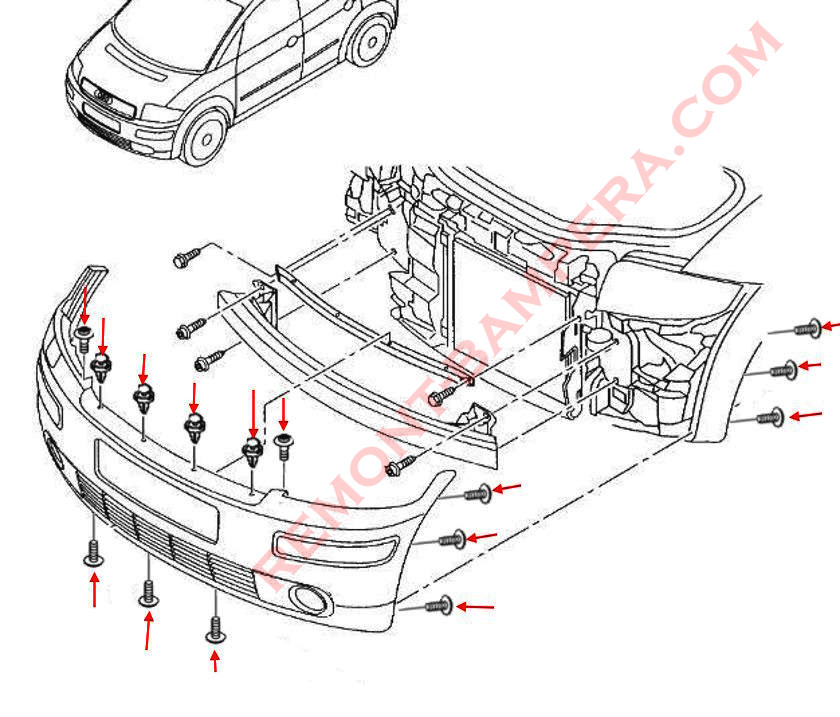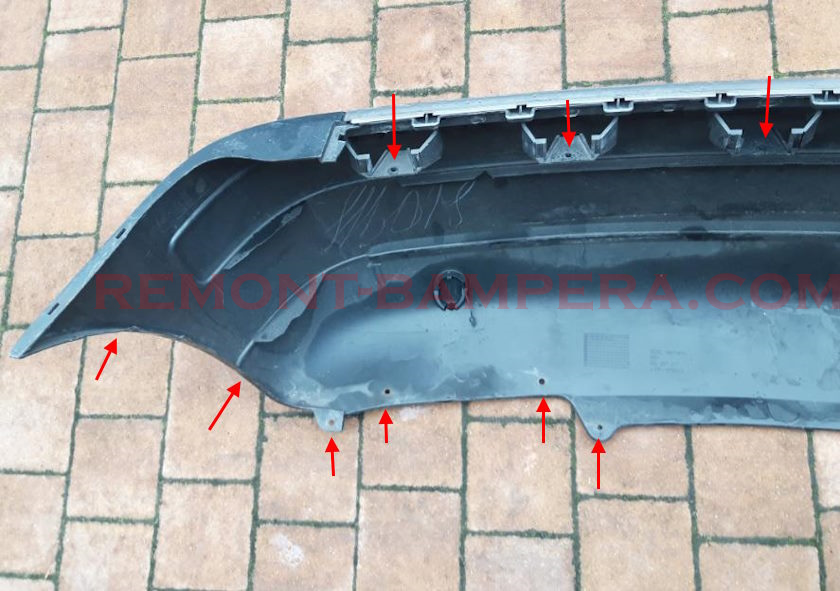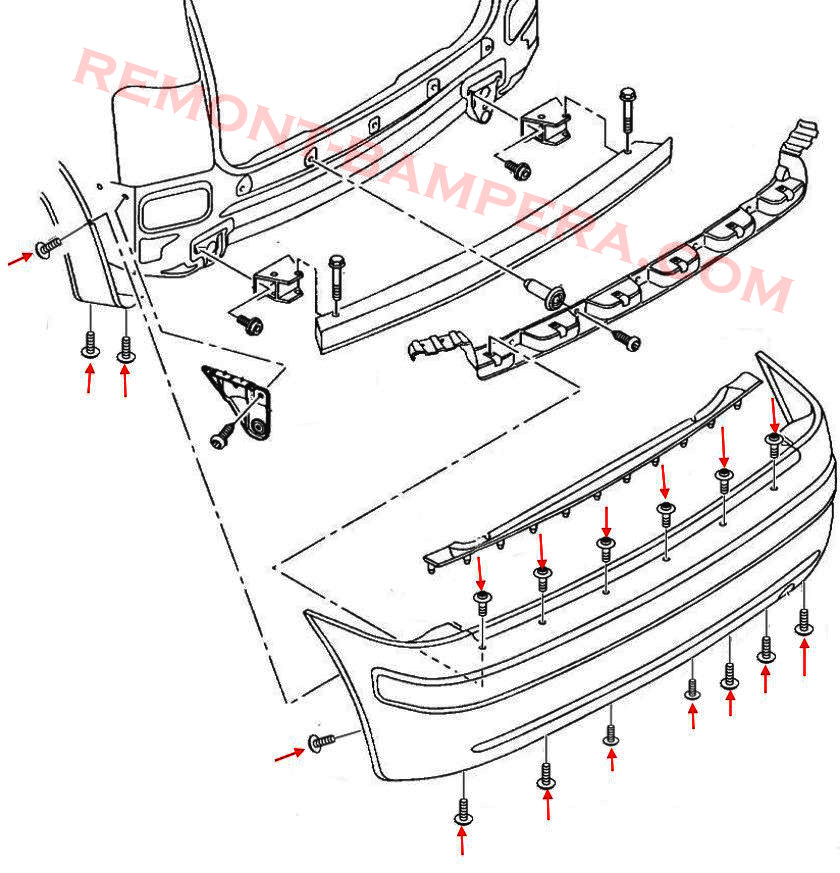Audi A2: A Small Avant-Garde with Big Ambitions
When people talk about innovative cars, compact models are rarely mentioned. But the Audi A2 is an exception. This minivan (though many call it a hatchback) was a true technological breakthrough for its time, though it didn't achieve commercial success. Let's explore what makes it so special.
Internal Designation and Production Years
The Audi A2 was developed under the factory code Typ 8Z and was produced from 1999 to 2005 at the Neckarsulm plant (Germany). It was Audi's attempt to create a premium compact car with cutting-edge technology, but its high price and unconventional design limited its popularity.
Body Type and Modifications
The A2 was only available as a 5-door model (though the rear doors were compact), officially classified as a minivan. However, due to its size (just 3.82 m long), it was often perceived as a hatchback.
Main Versions:
- 1.4 MPI (75 hp) – basic gasoline engine, not very dynamic but reliable.
- 1.4 TDI (75 hp) – turbo diesel, the most economical (consumption up to 3 l/100 km).
- 1.6 FSI (110 hp) – top version with direct injection, introduced in 2003.
- 1.2 TDI (61 hp) – rare 3-cylinder diesel version with record efficiency (2.5–2.9 l/100 km).
There was also an electric version – the A2 E-Tron, but only a few test units were produced.
Bumper Plastic Marking: >PP/EPDM<
How to Remove the Front Bumper
- Open the radiator grille.
- Under the grille, release two fasteners and remove the hood.
- Under the hood, unscrew two screws and remove four clips (screwed and inserted top to bottom) that secure the top part of the front bumper.
- From underneath, unscrew three screws that secure the lower part (screwed bottom to top).
- Turn the wheels to the side.
- In the wheel arches, unscrew three screws on each side that secure the fender liners (front part).
- Move the fender liners aside and unscrew six screws on each side that secure the bumper sides and wheel arch covers.
- Release the clips in the fenders (pull the corner toward you; easier if you unscrew four bolts and remove the headlights).
- With an assistant, pull the bumper forward (watch for wires).
- Disconnect electrical connectors (if present).


How to Remove the Rear Bumper
- Open the trunk lid.
- In the trunk opening, release the lower part of the rubber seal.
- Remove the plastic cover (held by clips, pry and pull upward).
- Under the cover, unscrew six screws (screwed top to bottom) that secure the top part of the rear bumper.
- From underneath, unscrew seven screws that secure the lower part and four that secure the wheel arch covers.
- In the wheel arches, unscrew three screws on each side that secure the fender liners (rear part).
- Unscrew the screws and release the rear part of the wheel arch covers.
- Between the covers and body, unscrew two screws on each side that secure the bumper sides.
- Release the clips in the fenders (pull the corners toward you).
- Pull the bumper backward (watch for wires).
- Disconnect electrical connectors (if present).


Model Description: An Aluminum Innovator
The A2's key feature was its aluminum body (ASF – Audi Space Frame), making it incredibly light (from 895 kg). This reduced fuel consumption but made repairs more complex and expensive.
The design prioritized aerodynamics – a drag coefficient of just 0.28, exceptional for a compact car of that era. The interior was classic Audi: quality materials with no frills.
Despite its compact size, the interior was spacious thanks to the high roof and smart layout. The rear seats could slide and fold, increasing trunk space.
Interesting Facts
- Almost Hybrid – In 2001, Audi showed an A2 hybrid prototype that never went into production.
- Efficiency Record – The 1.2 TDI could cover 100 km on just 2.5 liters of diesel, still impressive today.
- Limited Production – Only 176,377 units were made over 6 years, very few for a mass-market car.
- EV Pioneer – The A2 E-Tron used NiMH batteries and had ~80 km range (good for the 2000s).
- Cult Flop – Discontinued due to poor sales, now prized by enthusiasts for its innovation.
Why Didn't the A2 Succeed?
Despite its strengths, the model had serious flaws:
- High Price – The aluminum body made it as expensive as larger Golf or A3 models.
- Polarizing Design – Many found it too "bubble-shaped."
- Costly Repairs – The body was nearly impossible to fix after accidents.
Conclusion
The Audi A2 was ahead of its time: lightweight aluminum construction, amazing efficiency, and aerodynamics are now trends. But in the early 2000s, the market wasn't ready. Today, the A2 is a rare collector's item valued for its bold engineering. Had it launched a decade later, its story might have been different.

 English
English  Italiano
Italiano  Français
Français  русский
русский  Deutsch
Deutsch  Español
Español